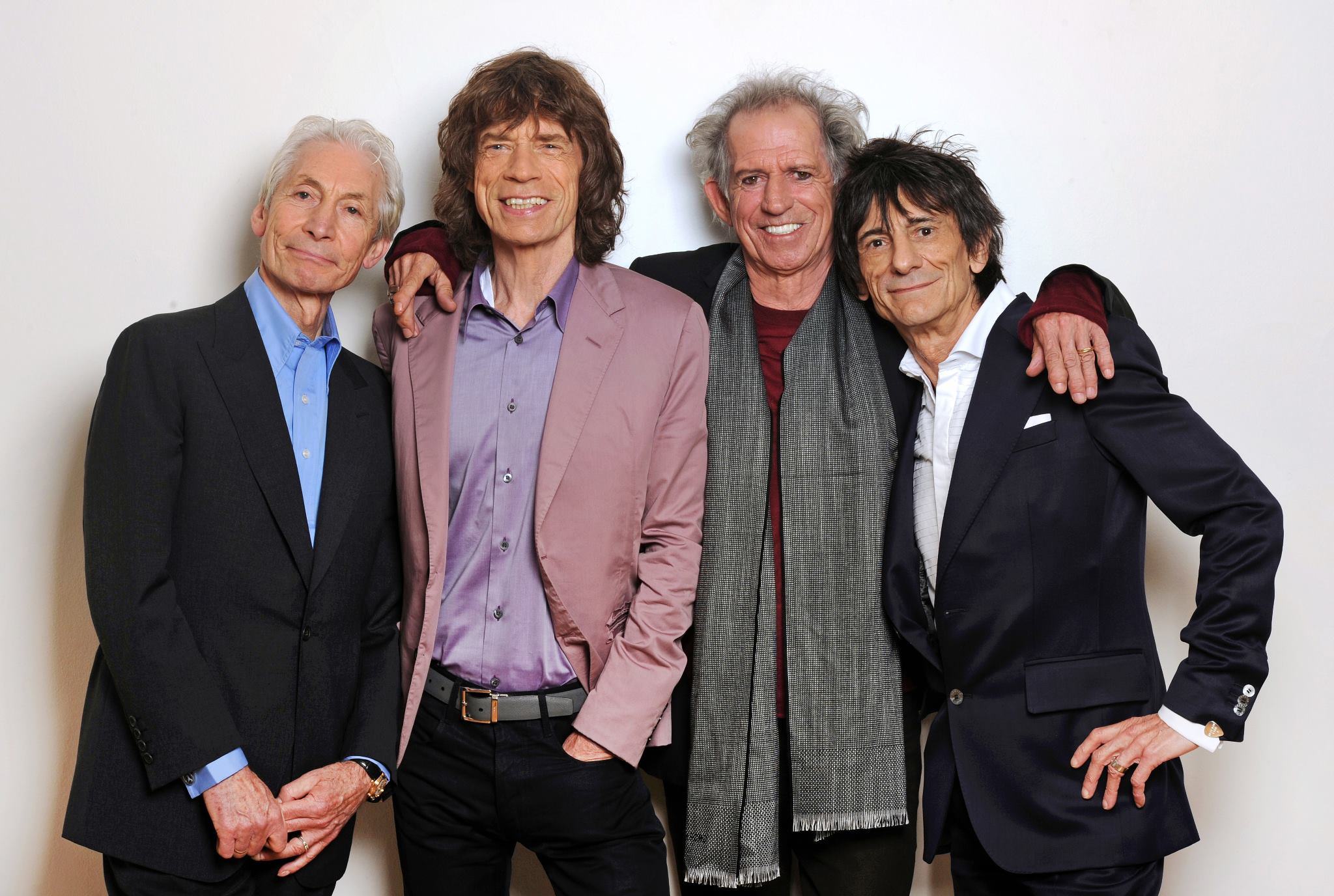
Bon Jovi jumped back in the top 100 a short while ago with their 1986 hit “Livin’ On A Prayer.” It was boosted to no. 25 thanks to a viral video of a fan dancing like a maniac at a basketball game combined with Billboard’s recent inclusion of streams and downloads into it’s chart-determining formula.
Videos by American Songwriter
Now that streams and downloads count towards charting it creates an interesting music-business tension.
First, it means that songs are now not only competing against recently released songs, but against songs from all genres.
That’s a pretty cool thing (unless you suck). To me it indicates a potential boost in music quality. If Taylor Swift and Florida Georgia Line have to compete against Lynrd Skynrd, it might just produce some healthy development.
The problem is – are people streaming the video because of the song?
Sure, the song lends its own credibility to the video and is a crowd-pleaser, but aren’t we clicking to see the kid dance? Does the song really matter so much that it deserves to be launched back onto the charts?
Naturally the song comes to top of mind and drives downloads when people hear it, but would the video have been just as successful with another song?
In other words, is Billboard giving too much credit for an older song attached to a new video?
You may think not but let’s not forget that in licensing attaching a song to a video consists of a new use. This use is valued very highly if it’s a famous song partly because we’re assuming the video is borrowing a lot of authority from the song in order to more readily connect with its consumers.
A lot of folks are crying bloody murder over this new addition to the charting formula. A song getting streamed or downloaded due to a viral video, is NOT the same as a song getting streamed through Vevo or downloaded because people actually like it.
One article even mentions: “downloading a song doesn’t mean you like the song, or listen to it more than once.”
This sounds like fear to me. Typically if I’m downloading a song it’s because I enjoy it not because the marketers really know how to make me impulsively click a buy button.
Plus more data can always supply interesting new information and the more information we track, the more profound the potential findings.
Would you feel ripped off if you had a song on the top 10, only to be bumped by a 70’s song that happened to be synced to a hilarious cat video? What kind of emphasis does this put on the artist to create an excellent music video? Will this give new weight to Vevo’s influence on the music business like MTV had when it first launched?
The answer lies in the balance of the formula that Billboard dictates. It’s easy to throw up your arms in outrage at the inclusion of digital in the charts – but we also have no idea how that inclusion is weighted (sound like performance royalties to anyone out there?).
Keep in mind that Billboard wants to be inclusive and relevant. If all of a sudden every song that shows up in the charts is a Korean doing a horsey dance they look terrible. And they don’t want that.
Personally I think it’ll be interesting to see how this affects the music industry in general. Some strong competition on the creative level – whether you’re talking about the music itself or the accompanying video – should be well received.
If this points to more Beyonce-like albums it means we’re moving away from isolated musical expressions and closer and closer to the merging of all artistic expression into simply “content.”
Feel free to tell us your take in the comments – what will this do for music versus the music business? What does it mean for artists that don’t have the ability to create interesting visuals?
Perhaps this will make the charts more relevant than ever. . . or maybe it’s just another blip in the line graph.













Leave a Reply
Only members can comment. Become a member. Already a member? Log in.